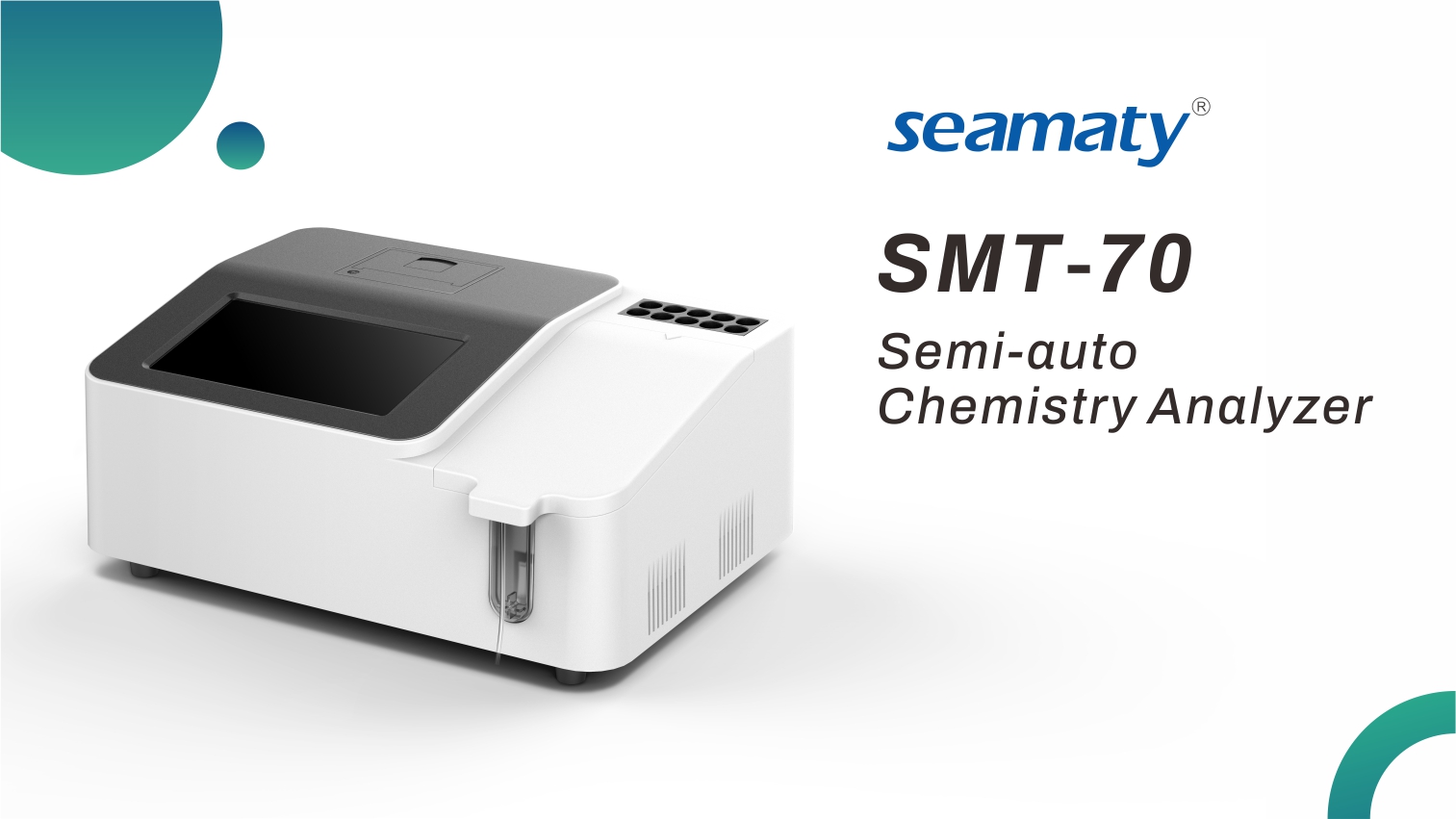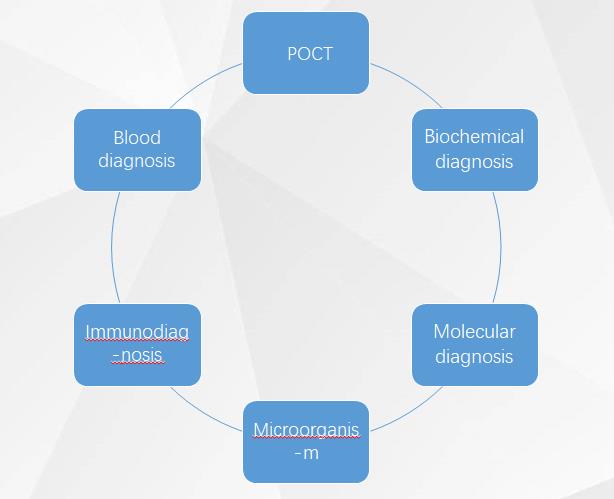release time:2021-11-04 16:41:40
Current technology is capable of coupling microfluidic chips with mass spectrometry. It can integrate multiple units such as cell culture, metabolite generation, sample pretreatment and detection. This allows for the study of drug metabolism. The integrated microfluidic chip also allows simultaneous high-throughput cytotoxicity screening and online monitoring of metabolites by ESI-Q-TOF mass spectrometry. It is believed that in the future, further integration can greatly accelerate the progress of drug development for the benefit of patients.
Seamaty biochemical diagnostic reagent tray is a highly integrated sample handling system based on microfluidic technology. This reagent is used with the companion Seamaty biochemistry analyzer. The reagent tray contains components with integrated optical and mechanical functions that cooperate with the instrument to participate in every stage of blood analysis. This enables a series of operations such as blood sampling, separation, dilution, reaction and detection to be performed within a small reagent tray.

2022-09-29
In vitro diagnostics systems are mainly composed of diagnostic instruments and reagents. For common ivd medical devices, the core components, which are mainly imported, include: single photon counting module, concave flat field grating, laser, spiking needle, plunger pump, valveless plunger pump, solenoid valve, sheath flow cell.

2022-09-18
Common biochemistry analyzers are divided into semi-automatic and fully automatic biochemistry analyzers based on the degree of instrument intelligence. Compared to fully automatic biochemistry analyzers, semi-automatic biochemistry analyzers are more compact, simple in structure, and more versatile in use scenarios.

2021-07-26
IVD (in vitro diagnosis) refers to the products and services outside the human body to obtain clinical diagnosis information by testing human samples (blood, body fluid, tissue, etc.), so as to judge diseases or body functions, so as to maintain the first market share in the medical device industry.